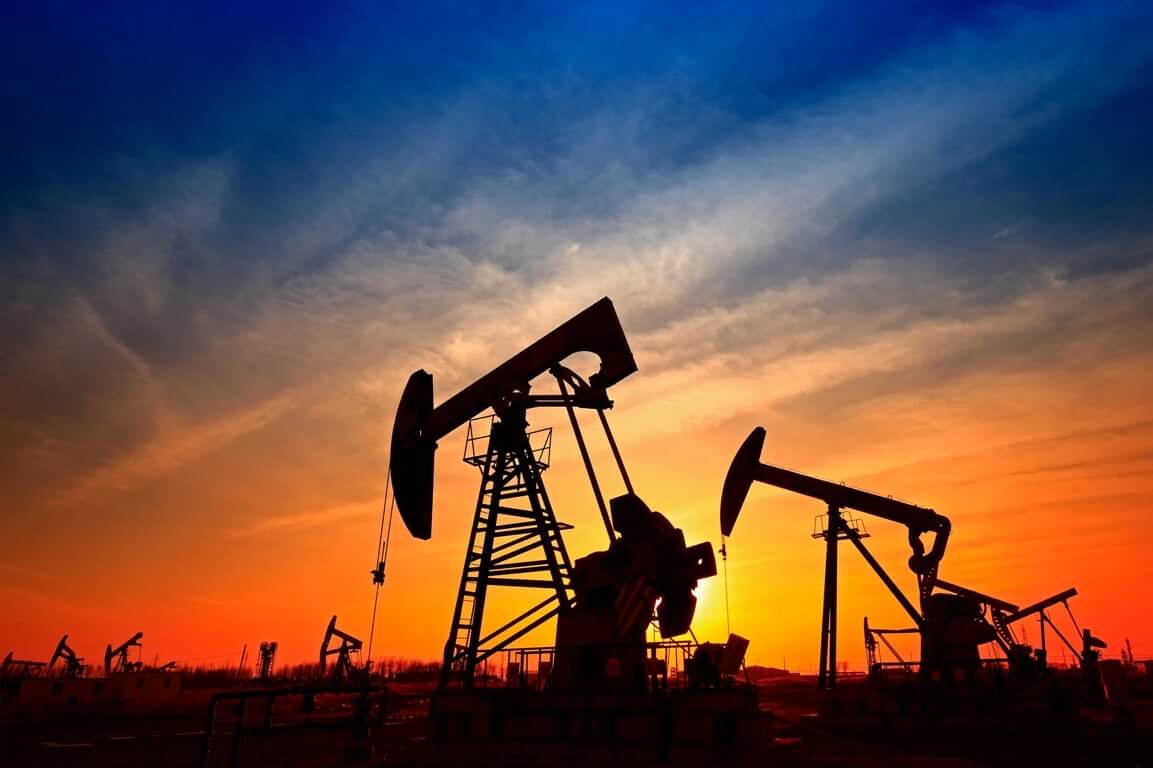
Commodities Market Decline: Gas Price Fall
In the course of Tuesday’s trading session, natural gas price fall exhibited a minor dip while maintaining a stable range. This subtle fluctuation, rather than signifying instability, hints at an underlying momentum that seems poised to propel the market beyond the crucial $3.00 mark. It’s an interesting juncture, as the natural gas sector often sees pronounced shifts, but the present movement suggests a poised and calculated trajectory.
Technical Assessment: Will Gas Prices Go Down?
A closer look at the technicalities reveals intricate market movements characterized by intermittent ups and downs. The market remains ensconced in a crucial phase where the 20-Day and 50-Day Exponential Moving Averages (EMAs) play significant roles. These EMAs serve as dynamic indicators of the market’s potential trajectory. Their convergence in this range signifies a crucial juncture, one that could influence investor sentiment.
As the impending winter season approaches, a surge in demand is widely anticipated. This heightened demand is a seasonal norm, yet this year’s dynamics bear additional intrigue. The European Union, in particular, is on the radar due to significant supply concerns. Recent geopolitical events, such as the French withdrawal from West Africa, could substantially influence the fate of the trans-African pipeline, further impacting the European gas supply. Given this backdrop, breaking the $3.00 barrier could potentially trigger a substantial uptick, setting the stage for a dynamic season ahead.
Natural Gas Investing for Long-Term Gains
Navigating the natural natural gas investing necessitates a prudent, measured approach. This involves making unhurried, unleveraged investments. Understanding the market’s inherent volatility is key. Therefore, a clear strategy of steady accumulation over time is absolutely necessary. This approach allows investors to weather the inevitable market noise while positioning themselves to reap the rewards of cyclical trade. It’s a long-term perspective that aligns with the seasonal nature of natural gas prices.
Technical Analysis: Evaluating Natural Gas Performance
Tuesday’s session saw natural gas teetering on the precipice of a potential bearish reversal. The market’s resilience went through strict testing. Besides, it managed to find support at a significant juncture, reinforcing the importance of certain key levels. This reversal is particularly notable as it signifies a shift in sentiment, potentially leading to a bullish resurgence.
Indicators Point to an Upside Movement
A closer examination reveals signs of an impending bullish breakout. The bullish hammer pattern, poised to materialize by the end of the trading session, marks a pivotal development. It signifies a potential end to the current correction phase in natural gas trading and sets the stage for a rally that could potentially push it to recent highs.
Trendline Dynamics: Uptrend Line as a Pivotal Support
The trendline’s significance is underscored by its sixth touch. Moreover, the trendline’s role as a dynamic support for the ascending trend emphasizes its importance. The behaviour of the price following each touch indicates a discernible shift from bearish dominance to bullish control. This trendline’s continued relevance reinforces its importance as a guiding factor in market dynamics.
Looking ahead, the initial target rests at the internal downtrend line, which defines a symmetrical triangle pattern. A breakthrough in this area is not so far. Therefore, the resistance at 2.87 stands as a crucial juncture. Beyond this, an ascent towards 3.02 seems plausible, marking a potential high point in the near-term trajectory.
Europe Reducing Dependence on Russian Supply
The geopolitical landscape has compelled Europe to reevaluate its reliance on Russian gas. The diversification efforts gaining traction include the increase of reliance on Norway and a surge in LNG imports. Consequently, the continent is much better positioned to navigate the upcoming winter season. This strategic shift lays the foundation for a more resilient and self-reliant energy ecosystem.
Supply and Demand Balance
To counterbalance the reduction in supplies, a multifaceted approach has been adopted. Enhanced transportation infrastructure and shared reserves. Besides, strategic gas price fall has significantly bolstered Europe’s resilience. These initiatives collectively ensure that the region is better equipped to address potential shortfalls and navigate potential supply disruptions.




